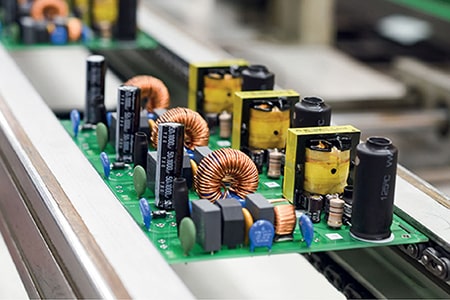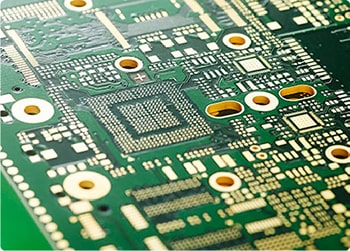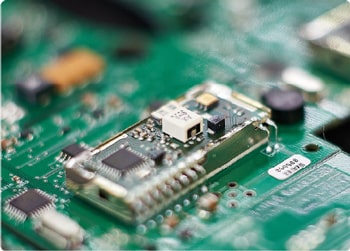What is the impact of different substrate materials on the performance of medical equipment?
The importance of medical PCB substrate materialsIn medical equipment, the performance of PCB circuit boards directly affects the reliability and accuracy of the equipment. As the core component of PCB, the substrate material determines the thermal conductivity, signal transmission performance and mechanical stability of the circuit board. In the medical field, special attention should be paid to the selection of substrate materials to ensure the efficient and stable operation of the equipment in complex environments.

The importance of medical PCB substrate materialsMedical equipment is usually used in high-precision, long-term operation application scenarios, such as monitors, imaging equipment, electrocardiographs, etc. The requirements of these devices for circuit boards include:
1. High stability: Maintain stable performance in different temperature and humidity environments to avoid signal distortion or circuit failure.
2. High reliability: Ensure that long-term work is not affected by material aging and meet the strict service life requirements of the medical industry.
3. Excellent thermal conductivity: Effectively dissipate heat to prevent functional failure caused by overheating of components.
Therefore, choosing the right substrate material is a key step to ensure the normal operation of medical equipment.
The impact of different substrate materials on the performance of medical equipment1. FR-4 substrateFeatures: High cost performance, widely used in conventional circuit board manufacturing
Advantages: Good electrical insulation performance, suitable for medical devices with low signal integrity requirements.
Limitations: Low thermal conductivity, not suitable for applications with high power and high heat dissipation requirements.
2. Ceramic substrateFeatures: Excellent thermal conductivity and low thermal expansion coefficient.
Advantages: Suitable for high-power modules and high-precision sensor applications.
Limitations: High manufacturing cost, suitable for high-end medical equipment with sufficient budget.
3. Metal substrate (such as aluminum substrate, copper substrate)Features: Excellent heat dissipation performance, suitable for modules such as high-power LEDs and amplifiers.
Advantages: High temperature resistance and high strength, especially suitable for application scenarios such as imaging equipment and surgical lights.
Limitations: Complex process, high requirements for design and manufacturing.
4. High-frequency substrate (such as PTFE substrate)Features: Support high-speed signal transmission, with extremely low dielectric constant and loss factor.
Advantages: Especially suitable for radio frequency equipment such as MRI and ultrasound equipment.
Limitations: High material cost and complex production process.
Key considerations when selecting medical PCB substrate materialsWhen selecting substrate materials, the following factors need to be comprehensively evaluated:1. Electrical performance requirementsThe dielectric constant, loss factor and signal transmission speed of the substrate need to be considered, especially in high-frequency applications.
2. Thermal management requirementsHigh-power devices require substrates to have good thermal conductivity to prevent components from failing due to excessive temperature rise.
3. Mechanical strengthMedical equipment often needs to run for a long time or be used in mobile scenarios, so the substrate needs to have good mechanical strength and impact resistance.
4. Environmental adaptabilityPay attention to the performance of the substrate in complex environments such as humidity and chemical corrosion to ensure its long-term reliability.
5. Cost and manufacturing processFind a balance between performance and budget, and choose a substrate material that can take into account functionality and economy.
Recommended solutions and professional adviceConventional equipment: For monitors, general testing equipment, etc., it is recommended to use cost-effective FR-4 substrates.
High-power equipment: such as surgical lights and power modules, it is recommended to choose aluminum substrates or copper substrates to meet heat dissipation requirements.
High-frequency equipment: such as MRI or wireless equipment, high-frequency substrates such as PTFE materials are preferred.
High-end equipment: For imaging equipment with high precision requirements, ceramic substrates can be considered to improve signal integrity and reliability.
If you want to know more about medical PCBs, you can pay attention to PCBAMake. If you need to know more about PCBA proofing, PCBA OEM, and PCBA processing related technical knowledge, please leave a message to get it!







